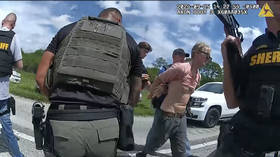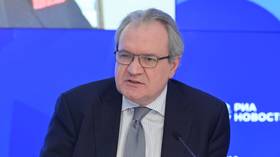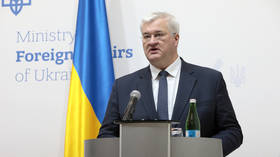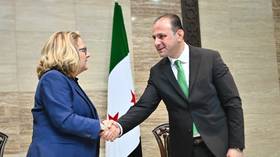1000+ yr shelf life: Microsoft buys into synthetic DNA for data storage
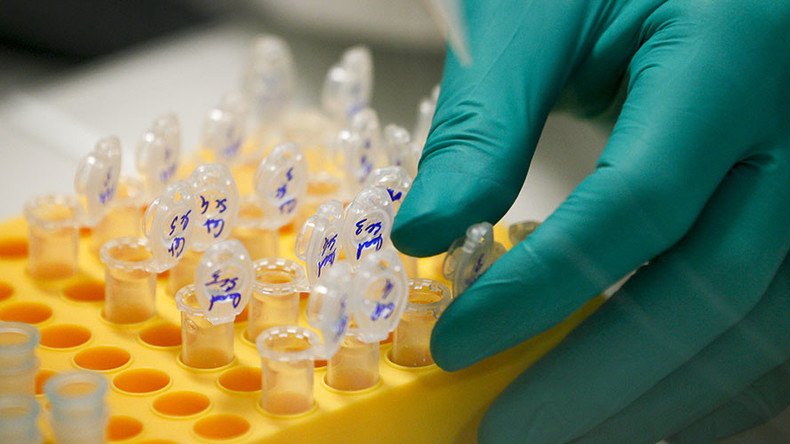
Microsoft has purchased ten million strands of synthetic DNA to advance cutting edge digital data storage technology. With the amount of digital data doubling nearly every two years, the tech industry is on a quest for a long-term solution to keep track.
The multinational tech company bought the DNA from Twist Bioscience, an announcement confirmed Thursday.
“[The] vast majority of digital data is stored on media that has a finite shelf life and periodically needs to be re-encoded. DNA is a promising storage media, as it has a known shelf life of several thousand years, offers a permanent storage and can be read for continuously decreasing costs,” said Emily Leproust, CEO of Twist Bioscience, in a statement.
Microsoft is turning DNA into the ultimate storage device https://t.co/hf67tIQ7g6pic.twitter.com/uijSHjVn18
— The Next Web (@TheNextWeb) April 28, 2016
As the digital universe is expected to hit 44 trillion gigabytes by 2020, Twist Bioscience argues that using DNA for archival purposes solves the twin problems of limited lifespan and low data density when data is normally stored on a hard drive.
A single gram of DNA can store almost one trillion gigabytes (almost a zettabyte) of digital data. The idea of storing data in DNA was first put forward in 2012 by Harvard geneticist George Church, who encoded an entire book in DNA.
Could #DNA super charge the digital revolution? https://t.co/9UUnk4sBdO More on @TwistBioscience@MSFTResearch deal pic.twitter.com/dTj2hFcAXd
— Twist Bioscience (@TwistBioscience) April 27, 2016
Twist Bioscience built its own machines to mass produce the synthetic DNA. Previously, they manufactured novel bits of DNA to place into microbes to perform useful chemical processes, such as producing desirable nutrients. A custom DNA sequence costs about 10 cents per base, but Twist Bioscience hopes to get that cost down to two cents.
Before the purchase, Microsoft and Twist Bioscience conducted a test phase to encode and recover 100 percent of digital data from silicon-based synthetic DNA. The data is translated into genetic code of base pairs of As, Cs, Gs and Ts that represent the chemical blocks of DNA.
“They give us the DNA sequence, we make the DNA from scratch,” Leproust told IEEE Spectrum. She said they didn’t know what they were coding, as they “[didn’t] have the decoder key, so I have no idea what it is.”
Scientists retrieve, encode 10k gigabytes of 'data' stored in DNA https://t.co/h79anPBUpfpic.twitter.com/ubEkCu4MNu
— RT (@RT_com) April 10, 2016
Doug Carmean, of Microsoft’s technology and research division, said, “We’re still years away from a commercially-viable product, but our early tests with Twist demonstrate that in the future we’ll be able to substantially increase the density and durability of data storage.”
Sequencing DNA has become cheap and easy in the past two decades. The Human Genome Project, which ran from 1990 to 2003, cost about $3 billion. The same task can now be done for about $1,000.
Key to longevity? Sharing DNA info is necessary to extend human life, Google exec says https://t.co/GGhNaZ05CBpic.twitter.com/Bz5ynntIZS
— RT America (@RT_America) October 21, 2015
Recently, the American Chemical Society said storing data on DNA could last up to 2,000 years without deterioration.



